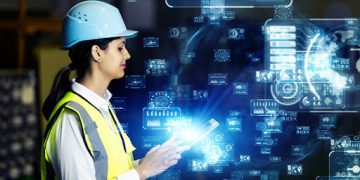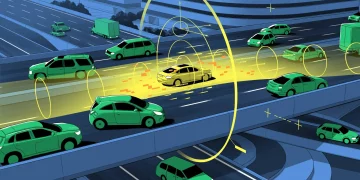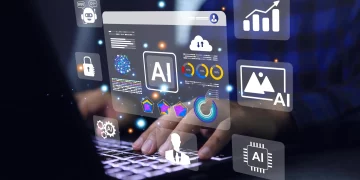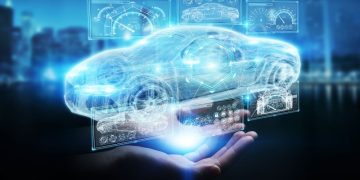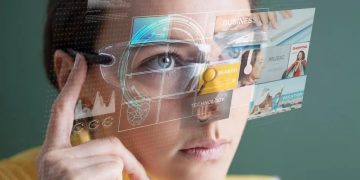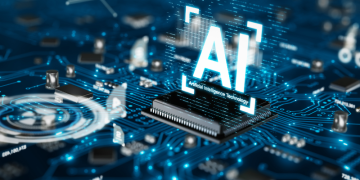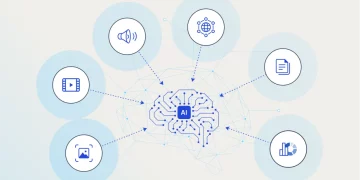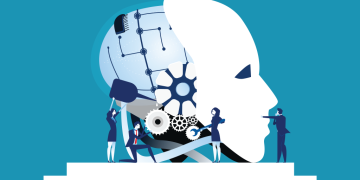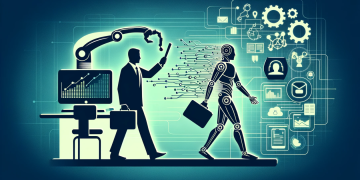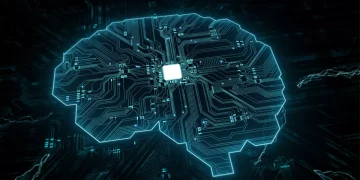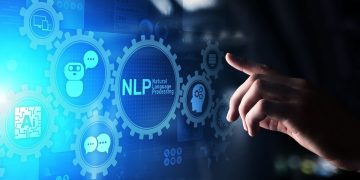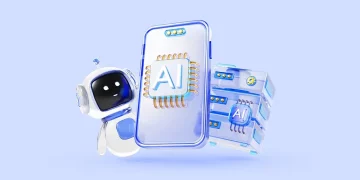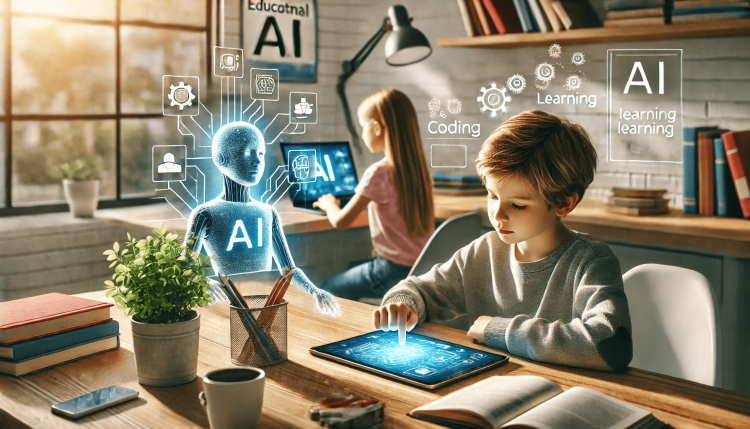The education landscape is undergoing a rapid transformation, with Artificial Intelligence (AI) playing a pivotal role in reshaping how teaching and learning are approached. AI is no longer just a buzzword in educational circles; it is a catalyst for change, enabling more efficient, personalized, and inclusive learning experiences. By leveraging the power of AI, educational institutions, teachers, and students are experiencing significant improvements in both teaching effectiveness and learning outcomes.
AI’s potential in education goes beyond administrative automation or basic technological enhancements. It is fundamentally reshaping the way educators approach individual students’ needs, helping tailor instruction to meet diverse learning styles, pace, and ability levels. Personalized learning, powered by AI, has emerged as a key driver of educational transformation. In this article, we explore AI’s role in creating more personalized learning experiences and examine successful case studies where AI has transformed teaching practices.
1. Understanding Personalized Learning and AI’s Role
1.1 What is Personalized Learning?
Personalized learning refers to an educational approach that tailors instruction to accommodate individual students’ strengths, needs, interests, and learning preferences. Unlike traditional one-size-fits-all teaching models, personalized learning aims to empower students by providing them with the flexibility to learn at their own pace, in ways that align with their unique learning styles.
Personalized learning may involve differentiated content, adaptive technologies, and assessments that are responsive to a learner’s progress. In this context, AI becomes a powerful tool that allows teachers to gather and analyze data on individual student performance and adapt instruction accordingly.
1.2 The Role of AI in Personalized Learning
AI’s role in personalized learning is multifaceted, involving:
- Real-time data analysis: AI tools analyze student performance data to adjust lessons and offer customized resources.
- Intelligent tutoring systems: AI-driven systems can act as tutors, providing personalized feedback, exercises, and explanations.
- Adaptive learning platforms: AI-powered platforms adjust the difficulty and content based on student performance, ensuring an individualized learning journey.
- Predictive analytics: AI can predict student outcomes and identify students at risk of falling behind, enabling early intervention.
Through these capabilities, AI can support teachers in delivering more tailored learning experiences that drive student engagement and success.
2. Key Applications of AI in Personalized Learning
AI is transforming classrooms in various ways. Below are some of the key applications where AI is helping to create personalized learning experiences and driving teaching innovation.
2.1 AI-Powered Adaptive Learning Systems
One of the most significant innovations in personalized learning is the development of adaptive learning systems. These systems use AI to monitor student progress, assess their strengths and weaknesses, and adjust the content delivery in real time.
Case Study: DreamBox Learning
DreamBox Learning is an AI-powered platform that offers personalized math instruction for students in kindergarten through eighth grade. Using machine learning algorithms, DreamBox adapts lessons to the student’s learning style and performance. It tracks students’ progress, identifying areas where they struggle, and adjusts the difficulty level of tasks accordingly.
- Impact: DreamBox has helped students improve math proficiency by providing lessons that are tailored to their specific learning needs, ensuring that each student can progress at their own pace.
Lessons Learned:
- Individualized Learning Paths: AI can design adaptive learning paths that match the pace and ability of each student, providing more effective learning experiences.
- Immediate Feedback: AI-powered platforms offer students real-time feedback, allowing them to understand their mistakes and correct them immediately, fostering a growth mindset.
2.2 Intelligent Tutoring Systems: Virtual Teaching Assistants
AI-powered intelligent tutoring systems (ITS) are virtual assistants that provide personalized one-on-one support to students. These systems can simulate interactions with a human tutor by offering explanations, guiding students through problems, and providing instant feedback.
Case Study: Carnegie Learning
Carnegie Learning has developed an AI-powered tutoring system called MATHia, which acts as a virtual tutor for students learning math. The system offers personalized lessons, tracks student progress, and provides instant feedback on assignments and quizzes. MATHia continuously adjusts its instruction based on the student’s performance and learning pace.
- Impact: MATHia has shown to improve students’ understanding of mathematics, with studies indicating significant improvement in test scores among users.
Lessons Learned:
- Scalable Support: AI-driven tutoring systems can provide scalable, one-on-one assistance to students, even in large class settings, ensuring that no student falls behind.
- Personalized Support: Virtual tutors can adapt to individual student needs, providing tailored explanations and strategies to help students master concepts.
2.3 AI-Enhanced Content Creation and Curriculum Design
AI is also helping educators create more personalized and engaging content. With AI-powered tools, teachers can design customized learning materials, such as quizzes, assignments, and educational games, based on the specific needs and interests of students. Additionally, AI can recommend supplementary content like videos, articles, and exercises based on the individual learner’s preferences and learning history.
Case Study: Squirrel AI
Squirrel AI is an AI-driven platform designed to help students improve their academic performance in subjects like math, science, and English. The platform uses AI to analyze students’ abilities and learning styles, tailoring the curriculum and recommending relevant resources. It continuously adapts content as students progress through their learning journey, ensuring that the learning experience is always aligned with their needs.
- Impact: Squirrel AI has been shown to improve academic performance in China, where the platform is widely used, and it has successfully scaled to various age groups and subjects.
Lessons Learned:
- Data-Driven Curriculum: AI enables the creation of personalized and dynamic curriculums that adapt to individual learning needs.
- Student-Centered Design: By focusing on the learner’s needs, AI fosters deeper engagement and allows for a more meaningful learning experience.
2.4 AI for Teacher Assistance and Classroom Management
AI isn’t just changing the student’s experience; it’s also enhancing the teacher’s role. AI tools can help teachers with classroom management, administrative tasks, and instructional planning. For example, AI can analyze data from assessments and assignments, providing teachers with insights into student performance and identifying areas where additional support is needed.
Case Study: Knewton
Knewton’s adaptive learning platform uses AI to assist teachers by providing insights into student performance, progress, and areas of struggle. Knewton’s data-driven system offers actionable recommendations that allow teachers to adapt their instructional strategies in real time. Additionally, the platform helps teachers track student progress and highlight areas that need attention, reducing their administrative workload.
- Impact: Knewton helps teachers tailor their instructional approaches, while saving time on administrative tasks, allowing them to focus more on direct teaching.
Lessons Learned:
- Data-Driven Instruction: AI assists teachers in making informed decisions about lesson plans and instructional strategies based on real-time data.
- Time Efficiency: By automating administrative tasks, AI allows educators to focus more on personalized student interactions and creative teaching methods.
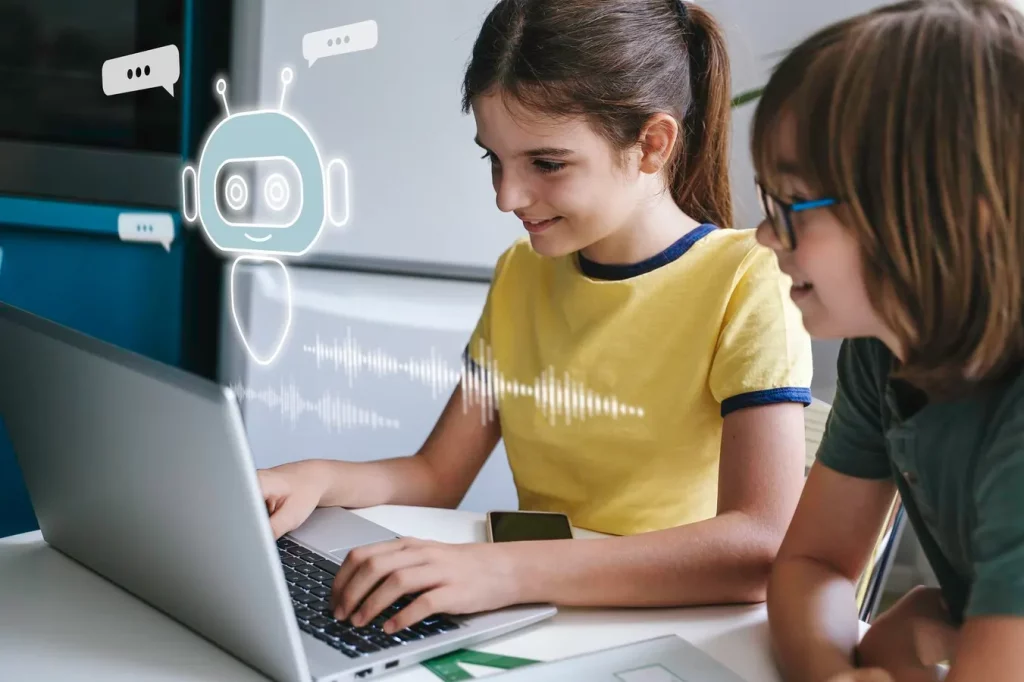
3. Overcoming Challenges and Barriers to AI Adoption in Education
While the potential for AI to transform education is enormous, there are challenges that must be addressed for successful implementation:
3.1 Data Privacy and Security Concerns
AI systems in education require access to significant amounts of student data to function effectively. Protecting the privacy and security of this data is a critical concern, especially given the sensitivity of educational records.
3.2 Teacher Training and Adoption
AI tools are only effective if educators are well-equipped to use them. Teachers must be trained not only in the technical use of AI tools but also in how to integrate them meaningfully into their teaching practices.
3.3 Equity in Access
The adoption of AI-powered learning systems may widen the digital divide, as not all students have equal access to the necessary technology or internet connectivity. Ensuring that all students, regardless of socioeconomic background, have equal access to AI-enhanced learning opportunities is crucial for equity.
4. The Future of AI in Education
The future of AI in education looks promising. As technology continues to advance, we can expect AI to become even more integrated into the education system. Some potential developments include:
- More Human-Like AI Tutors: AI could evolve to provide more natural, human-like interactions with students, making virtual tutoring even more personalized and responsive.
- Real-Time Emotional and Cognitive Analysis: AI systems may be able to analyze students’ emotions and cognitive states, allowing for even more tailored learning experiences.
- Lifelong Learning: AI could play a key role in supporting continuous, lifelong learning by recommending personalized learning paths based on individuals’ careers and personal development goals.
5. Conclusion: AI’s Role in Educational Transformation
AI has proven to be a powerful force in transforming education, driving personalized learning, enhancing teacher effectiveness, and creating more efficient and inclusive learning environments. By leveraging AI to tailor educational experiences to individual student needs, educators can help ensure that every learner, regardless of their starting point, has the opportunity to succeed.
As AI continues to evolve, its role in education will become even more vital in addressing the diverse and ever-changing needs of students. For schools and educators who embrace AI, the future holds an exciting opportunity to innovate teaching practices, improve learning outcomes, and help students unlock their full potential.

